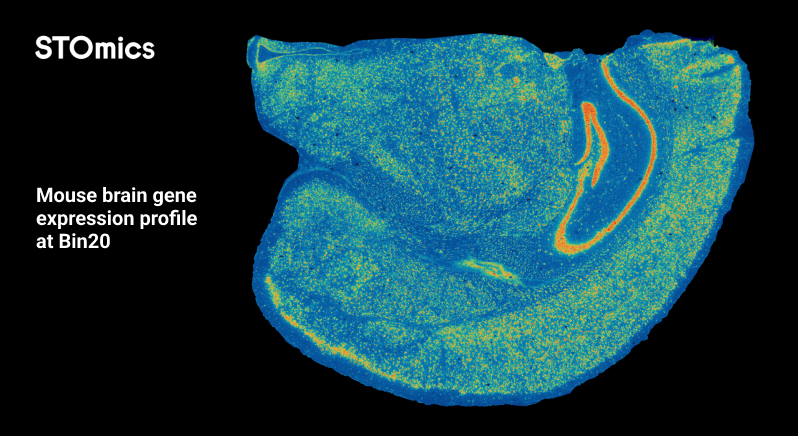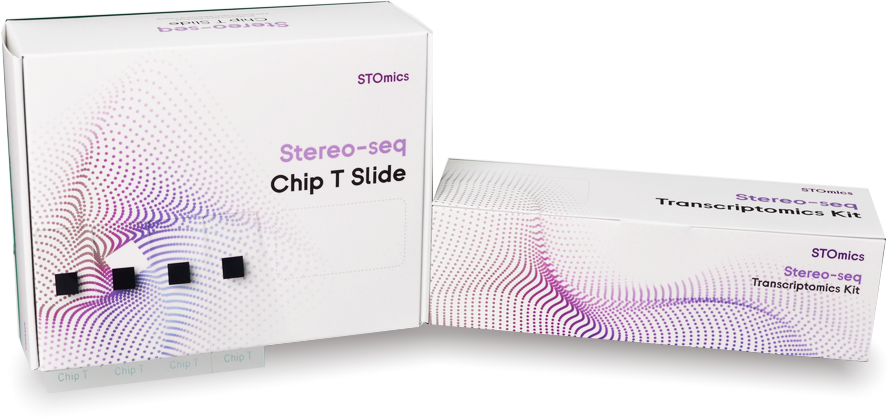All
Products
Resources
News
FAQ
Search

Catalog Number | Catalog Number (US use only) | Set Name | Specifications | Version | Description | |
 | 211SP11118 | 211SP11118-CG | Stereo-seq Permeabilization Set for Chip-on-a-slide V1.1 | 8 RXN | V1.1 | For determining permeabilization parameters to optimize mRNA capture. |
 | 211ST13114 | 211ST13114-CG | Stereo-seq Transcriptomics Set for Chip-on-a-slide V1.3 | 4 RXN | V1.3 | For generating a spatially-resolved 3' mRNA library from biological tissue sections |
211ST13004 | 211ST13004-CG | Stereo-seq Transcriptomics Set for Chip-on-a-slide (0.5cm*0.5cm) V1.3 | 4 RXN | V1.3 | ||
| 111KL11160 | 111KL11160-CG | Stereo-seq 16 Barcode Library Preparation Kit | 16 RXN | V1.1 | Designed for library preparation of samples using Stereo-seq technology, enables the addition of sample barcodes and library construction. |
| 301AUX001 | 301AUX001-CG | Stereo-seq PCR Adaptor | 2 EA | / | Compatible with PCR thermal cycler as a heating unit. |